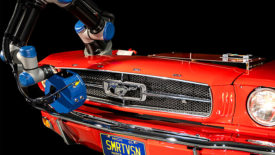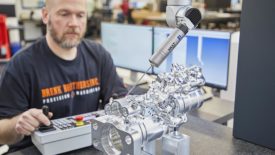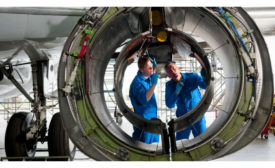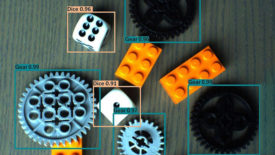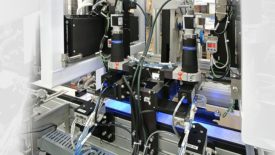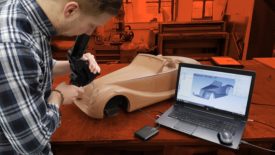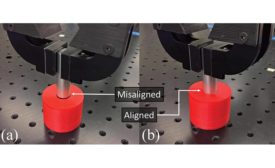Home » Keywords: » manufacturing technology
Items Tagged with 'manufacturing technology'
ARTICLES
Software
Short run charts work for both variable and attribute data.
Read More
Software & Analysis
How modern software can transform the supply chain with manufacturing quality at the center
Enable a manufacturing quality-driven collaboration between suppliers and buyers to eliminate interpretation, reduce costs, risks, and expedited delivery time.
February 16, 2024
NDT | Additive
A Window of Opportunity to Accelerate Alloy Development for Additive Manufacturing
Opportunities for the development and validation of new tools, techniques, and methods to accelerate alloy development for AM processes do exist.
August 14, 2023
Vision & Sensors | Lighting
Creative Illumination Techniques Enable Computational Imaging
Computational imaging can simplify certain problems that are difficult to solve with standard visual imaging.
January 2, 2023
Measurement
Best Suited Options for Your Metrology Toolbox
When are non-contact structured light 3D scanners better suited than touch CMMs?
September 8, 2022
5 Signs You May Need A Cloud-Based Quality Software Solution
Cloud based quality software has numerous benefits for manufacturers with disparate production facilities and locations.
August 8, 2022
Vision & Sensors | Cameras
AI Vision Development for Everyone
The time it takes moving from a concept to a running application can be greatly reduced.
July 4, 2022
Vision & Sensors
Vision & Sensors 101: Machine Vision System Integration
Success with vision system integration requires starting right.
January 1, 2022
Software & Analysis
Practical Reverse Engineering
Choosing the right tools for the job.
December 6, 2021
Helping Robots Stay on Target
Both accuracy and repeatability are key performance characteristics that influence the robot's ability to meet a manufacturing process's needs.
December 2, 2019
EVENTS
Webinar
10/18/23 to 10/18/24
Contact: Meg K.
Cut Training Time and Improve Quality With Interactive Digital Work Instructions
Stay in the know with Quality’s comprehensive coverage of
the manufacturing and metrology industries.
eNewsletter | Website | eMagazine
JOIN TODAY!Copyright ©2024. All Rights Reserved BNP Media.
Design, CMS, Hosting & Web Development :: ePublishing



